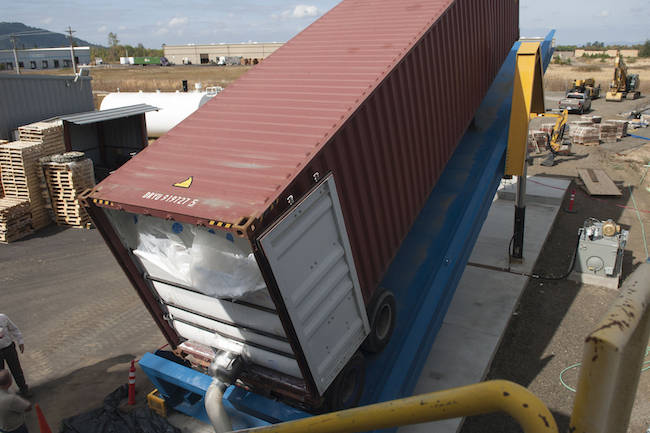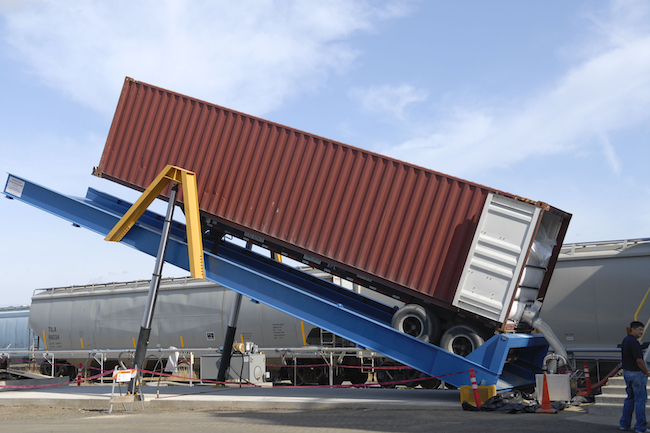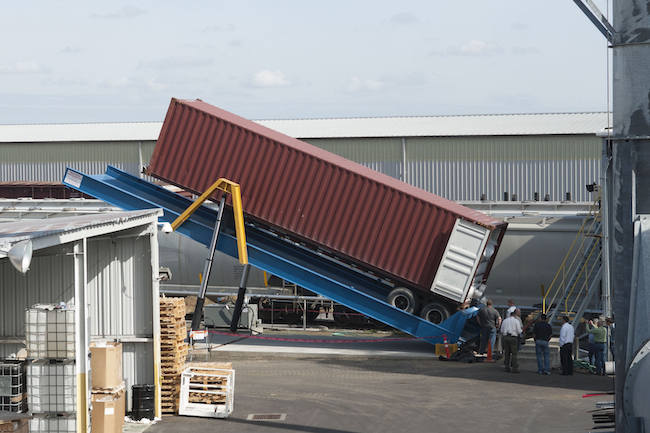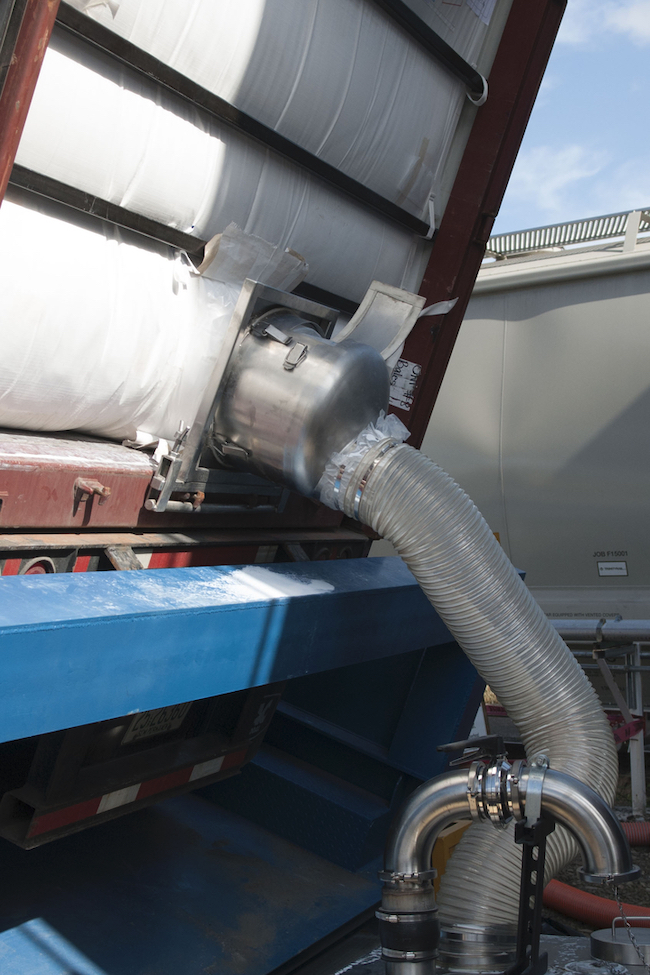Safety & Handling
2018 Study done on safety issues with containers using super sacks.
Even with the best employee training and the best equipment for storing, moving and unloading powdered chemicals and plastics the process of handling multiple smaller bags such as super sacks will always have one big disadvantage in comparison to handling the same materials in lined containers: The Law of Averages.
Everything that can possibly and reasonably happen can be expressed as a probability. And the probability of an accident occurring when powdered chemicals and plastics are unloaded is not zero. As a result, since the probability of an accident occurring during unloading is greater than zero---if enough containers are unloaded then sooner or later an accident is likely to occur.
The expected number of accidents that might occur during unloading can be expressed as:
- P (probability of an accident during unloading) X N (number of times unloading)
- Using the example of 10 million lbs. (4,536 tons) of product unloaded per year:
- Lined Containers containing 20 metric tons each = N = 227 times unloading per year
- Containers containing 20 1-ton super sacks each = N = 4,536 times unloading per year
Note: Unloading is defined as each container or super sack, regardless of weight, that is unloaded.
Using the above example, unloading the same 10 million lbs. (4,536 tons) per year in super sacks instead of lined containers means the chances of an accident using super sacks is 20 times higher than it has to be if a lined container unloading system can be used in place of super sacks.
Using the remote control included with the container unloader, the entire unloading process can be safely completed by a single operator - thereby minimizing labor costs. For those companies who need to unload their material slowly or at a certain time in the future, full containers can be stored on the container unloader and unloaded when necessary.
But the chances of an accident occurring when unloading super sacks is even higher than just the larger number of containers (as super sacks) being unloaded. Accidents with super sacks can occur due to these and other failures of super sack selection, employee training, loading or unloading performance or unloading equipment suitability:
- Improper filling of super sacks at origin
- Improper use of super sacks not designed to carry hazardous powders
- Overloaded super sacks bursting without notice in the container, in the warehouse or during movement of super sacks
- Improper super sack closures or improper use of closures leading to accidental opening of supersacks in the container, in the warehouse or during movement of super sacks
- Employee fingers getting tangled and injured in super sack closures or handling loops
- Improper training of warehouse handling employees and unloaders
- Improper unloading equipment, including forklifts and bag suspension equipment
- Improper ventilation systems and protective equipment for employees in enclosed areas
- Improper cleaning and sanitation in and around unloading areas
- Super sacks shifting and falling in warehouse storage areas
- Employee falls or strains while reaching for or re-arranging stacked super sacksSuper sacks tearing or bursting in the container or in the warehouse
Unloading of a lined container is safer because there are fewer places where things can go wrong:
- Lined containers eliminate the dangers of stacked super sacks in the warehouse falling, shifting or breaking
- There are fewer types of employees to train (unloaders only instead of unloaders and warehouse personnel)
- Unloading is quicker, which reduces the chances of employee inattention causing accidents.
The American International Inc. system is specifically designed for unloading lined containers, while forklift tines and unloading systems for super sacks often have to be modified from standard designs in order to perform safely.
The Costs of Unloading Accidents
- The highest responsibility of any company is to make sure that its employees have a safe work environment. No one wants to see an employee injured or worse. But there are also other practical cost considerations:
- In the United States employee injuries reduce productivity due to lost-time accidents
- U.S. employers’ worker’s compensation insurance rates increase with the number of accidents at a company
- And the federal agency responsible for worker safety in the U.S., OSHA (the Occupational Safety and Health Administration,) can cause unsafe companies to pay financial penalties or even refer them to the courts for criminal prosecution in cases of accidents or death that they consider to be the result of gross negligence
Though workplace safety and insurance regulations vary from country to country, most countries have safety regulators that can financially penalize unsafe companies or refer unsafe companies, responsible employees or owners to the courts for criminal prosecution.




